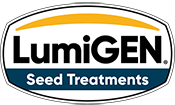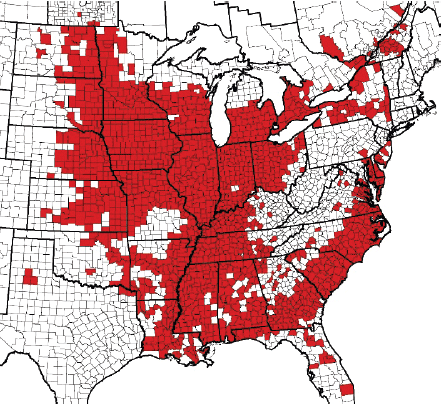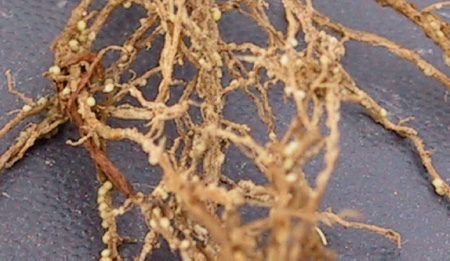5/12/2024
Refocusing on Soybean Cyst Nematode Management

Crop Focus
Written by Mark Jeschke, Ph.D., Pioneer Agronomy Manager, and Don Kyle, Pioneer North America Soybean Evaluation Zone Lead
Key Points
- The most important management tactic for soybean cyst nematode (SCN) has been breeding and selection of soybean varieties with genetic resistance to SCN.
- The rhg1b gene from PI88788 source of SCN resistance has lost effectiveness for SCN control in many fields, meaning that SCN once again poses a threat to soybean yield that requires grower attention and management.
- SCN testing, rotations with varieties containing different sources of resistance such as Peking, rotation to non-host crops, and nematicide seed treatments are all important tools in a SCN management plan.
Protect Your Yield from SCN & SDS


Components of LumiGEN® seed treatments for soybeans are applied at a Corteva Agriscience production facility or by an independent sales representative of Corteva Agriscience or its affiliates. Not all sales representatives offer treatment services, and costs and other charges may vary. See your sales representative for details. Seed applied technologies exclusive to Corteva Agriscience and its affiliates. Pioneer® brand products are provided subject to the terms and conditions of purchase which are part of the labeling and purchase documents. ILEVO® HL is a registered trademarks of BASF.
The foregoing is provided for informational use only. Please contact your Pioneer sales professional for information and suggestions specific to your operation. Product performance is variable and depends on many factors such as moisture and heat stress, soil type, management practices and environmental stress as well as disease and pest pressures. Individual results may vary. Pioneer® brand products are provided subject to the terms and conditions of purchase which are part of the labeling and purchase documents.




